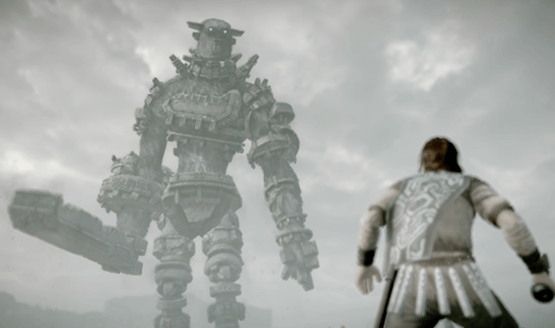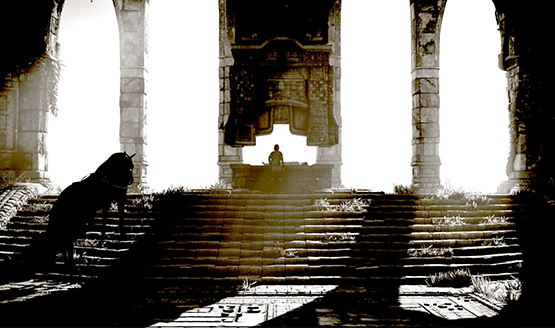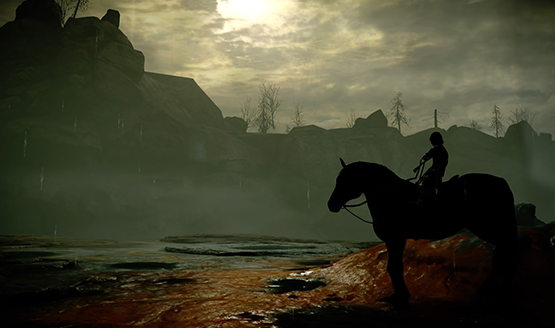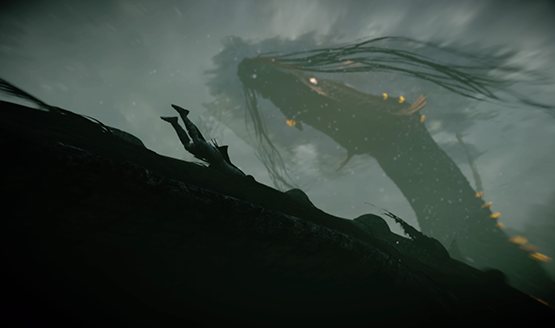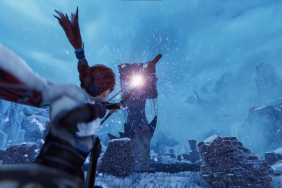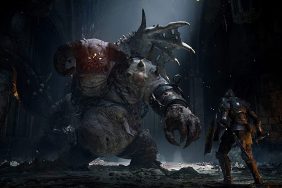As I play through the Shadow of the Colossus PS4 remake, I can only marvel at its beauty and get stuck taking more screenshots than I should in photo mode. Seriously, I probably would have finished the game twice over if I hadn’t been spending so much time capturing the perfect shot. Our full scored Shadow of the Colossus Remake review will be coming on January 30, but meanwhile, we wanted to give you some insight into Bluepoint’s work on breathing new life into the PS2 classic. Sony’s PR was kind enough to send over these technical facts about the inner workings of the game, and we wanted to share them with you.
Enjoy some screenshots captured through the game’s photo mode and things you may not know about the Shadow of the Colossus PS4 remake.
More Triangles
The colossi in the original PS2 release averaged around 20,000 triangles each, while in this remake, that number is closer to 250,000. The 16th colossus is almost 1 million triangles.
The Shrine of Worship (the main hub area) in the original PS2 release was comprised of several thousand triangles. The remake’s Shrine of Worship is composed of several million triangles. The remake’s Shrine alone has more than double the detail of the entire PS2 game world.
A Hand Crafted World
Every single organic, natural element in the world was manually-placed by artists to make the experience feel hand-crafted.
There are over 290,000 object instances in the game, which includes 150,000 rock instances and 11,000 tree instances.
Bluepoint used an advanced method for layering materials together to create more detailed environments, which allowed them to create more believable and detailed transitions between the biomes and increased the overall visual variety across the game.
Rendering Effects
Shadow of the Colossus Remake uses a physically based rendering system that allows the light to realitically interact with various materials. It is this rendering system that creates the dynamic lighting transitions between sandy deserts, tree filled forests, and the other environments in the game.
The colossi’s fur was engineered specifically for the remake. Each and every strand is defined by artists through a texture map that defines variables like strand stiffness, length, color, flow direction, and a number of other parameters. The GPU then dynamically renders the strands of fur onto each colossus. This means is that there is no physical geometry representing the fur. It is dynamically generated, textured, lit, and simulated by the GPU.
There are a lot of post-effects applied to the game to create the atmosphere and mood. Dynamic depth of field, motion blur, volumetric fog, light shafts, and advanced color grading were all used (and photo mode allows for you to do your own post-effects work to change the feel of a scene).
Advanced data streaming and level of detail schemes are used to make sure that the player is surrounded by the maximum amount of detail possible. System resources are being monitored regularly by the texture streamer to ensure that the highest available texture resolutions are used. Level of detail, cross fading, and view distances are all taken into account and optimized to create a high level of detail while streaming a seamless world to the player. This all culminates in a highly detailed world with long draw distances that has very few visible pop-ins of textures and objects.
Shadow of the Colossus Remake launches on PS4 on February 6.
